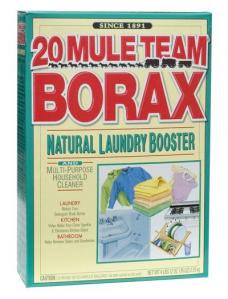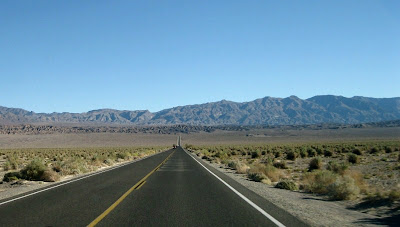 Sodium borate, or borax, known as the “White gold of the desert” once ranked as Death Valley’s most profitable mineral. And after a visit to Death Valley National Park Harmony Borax Works you’ll know why. There’s salt everywhere.
Sodium borate, or borax, known as the “White gold of the desert” once ranked as Death Valley’s most profitable mineral. And after a visit to Death Valley National Park Harmony Borax Works you’ll know why. There’s salt everywhere..jpg) Harmony Borax Works
Harmony Borax WorksHarmony Borax Works was one of the first mines operating in California from 1883-1888. Owner William Coleman also mined borax in Nevada. Although reasonably profitable, Coleman made some bad investments so when borax deposits were discovered closer to rail lines and new processing technology developed the Harmony closed.
.jpg) Salt deposits
Salt depositsSalt minerals, or borates, deposited on ancient lake beds uplifted and eroded into the yellow Furnace Creek badlands. Then water dissolved the borates and carried them to the Death Valley floor where they recrystallized as borax.
.jpg) 20-Mule Team Wagon
20-Mule Team WagonCrude shelters and tents once dotted this flat where Chinese laborers slept and ate. They scraped the borax off the salt flats with shovels and carried it by wagon to the refinery. They received $1.30 a day less lodging and food bought at the company store. Certainly not an easy life.
.jpg) The giant wheels were protected with steel tires eight inches wide and an inch thick which had to be replaced regularly. Two men rode the wagons, driver and swamper, and traveled 15 to 17 miles (24 to 27 km) a day. Waterholes were 50 miles (80 km) apart with dusty, rocky, sandy ruts for roads in between.
The giant wheels were protected with steel tires eight inches wide and an inch thick which had to be replaced regularly. Two men rode the wagons, driver and swamper, and traveled 15 to 17 miles (24 to 27 km) a day. Waterholes were 50 miles (80 km) apart with dusty, rocky, sandy ruts for roads in between..jpg) Boiler at refinery
Boiler at refineryWorkers refined borax by separating the mineral from unwanted mud and salts. The borax crystallized on iron rods suspended in large vats. However the borax won’t crystallize in temperatures above 120 F (48.9 C) so Harmony Borax Works closed during summer.
.jpg) Borax has long been used for every kind of household cleaning from windows to tile grout. It is also a component of cosmetics, insecticide, glass, pottery and enamel glazes. It is used as a food additive or preservative in some countries yet is banned in the US.
Borax has long been used for every kind of household cleaning from windows to tile grout. It is also a component of cosmetics, insecticide, glass, pottery and enamel glazes. It is used as a food additive or preservative in some countries yet is banned in the US..jpg) Some of the workers from Harmony Borax Works lived in nearby Furnace Creek. Which is where we headed next.
Some of the workers from Harmony Borax Works lived in nearby Furnace Creek. Which is where we headed next.